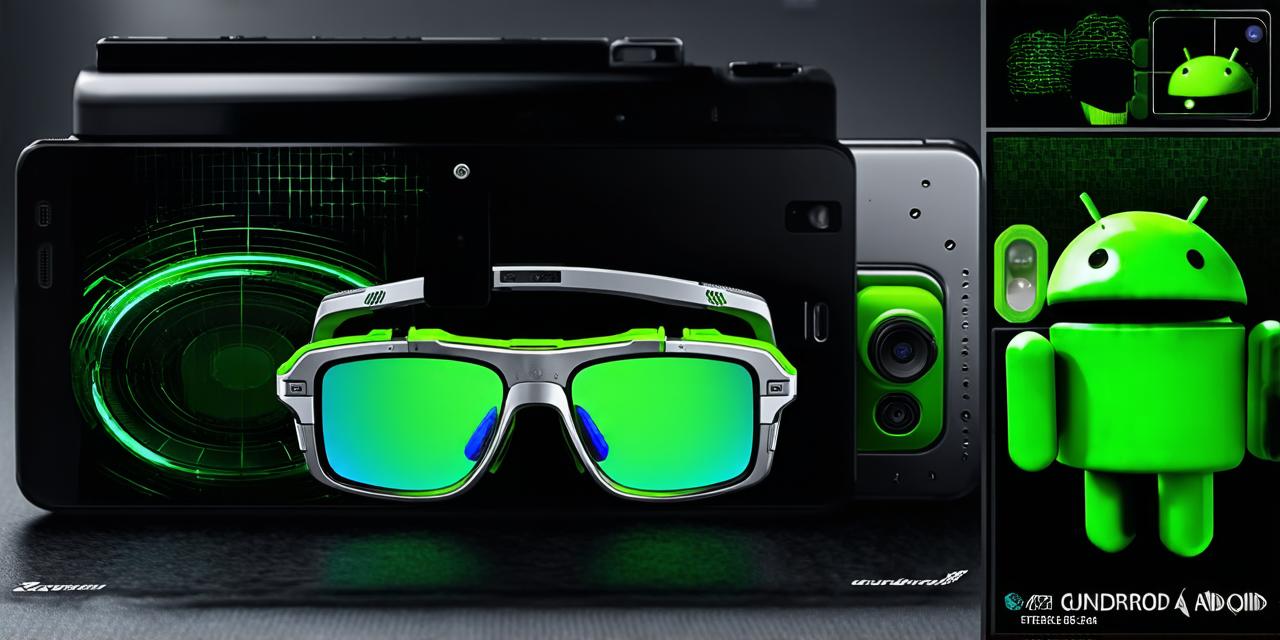Table of Contents
- What is Augmented Reality?
- Why Create AR Apps for Android?
- How to Choose an AR Development Platform
- Creating the User Interface
- Designing the Augmented Reality Experience
- Testing and Optimizing the App
- Summary
- FAQs
What is Augmented Reality?
Augmented reality (AR) technology is revolutionizing the way we interact with digital content in our daily lives. AR apps are becoming increasingly popular, allowing users to experience immersive and interactive experiences on their smartphones and tablets. In this article, we will guide you through the process of creating an augmented reality app for Android.
Table of Contents
- What is Augmented Reality?
- Why Create AR Apps for Android?
- How to Choose an AR Development Platform
- Creating the User Interface
- Designing the Augmented Reality Experience
- Testing and Optimizing the App
- Summary
- FAQs
What is Augmented Reality?

Augmented reality (AR) technology is a technology that superimposes digital content onto real-world environments. AR apps allow users to interact with virtual objects in their physical surroundings, creating a seamless and immersive experience. The most popular example of AR is the use of filters on social media platforms like Snapchat and Instagram.Why Create AR Apps for Android?
There are several reasons why you should consider creating an augmented reality app for Android:
- Augmented reality technology is rapidly evolving, and there is a growing demand for AR apps across multiple industries.
- Android has a large user base, making it a popular platform for AR app development.
- Android offers a range of tools and resources to help developers create AR apps easily.
- Augmented reality can be used in a variety of ways, from entertainment to education, making it a versatile technology for app development.
How to Choose an AR Development Platform
There are several AR development platforms available, including:
- Vuforia: A popular AR platform that allows developers to create interactive experiences with virtual objects.
- Wikitude: A cloud-based AR platform that enables developers to create and deploy augmented reality apps quickly.
- ARKit: Apple’s AR development platform for iOS devices.
Each platform has its own unique features and capabilities, so it’s essential to choose the one that best suits your needs. Vuforia is a good choice if you want more control over the app’s design, while Wikitude is ideal for rapid prototyping and deployment. ARKit is suitable for iOS developers looking to create AR apps specifically for Apple devices.Creating the User Interface
The user interface (UI) is a crucial aspect of any app, and an AR app is no exception. The UI should be intuitive, easy to use, and designed to enhance the augmented reality experience. Here are some tips for creating a great UI:
- Keep the UI simple: Avoid cluttering the interface with too many buttons or controls. Instead, focus on providing users with clear and concise instructions.
- Use familiar design patterns: AR apps should follow common design patterns to make them easy to use for new users.
- Incorporate visual cues: Use visual cues such as icons or arrows to guide users through the app.
- Optimize performance: AR apps require significant processing power, so it’s essential to optimize the UI to ensure smooth and seamless performance.
Designing the Augmented Reality Experience
The augmented reality experience is the heart of the app, and its design will determine how engaging and immersive the app is for users. Here are some tips for designing an effective AR experience:
- Keep it interactive: AR experiences should be interactive, allowing users to engage with virtual objects in real-time.
- Make it personalized: Customize the AR experience based on user preferences or location to make it more engaging and personalized
